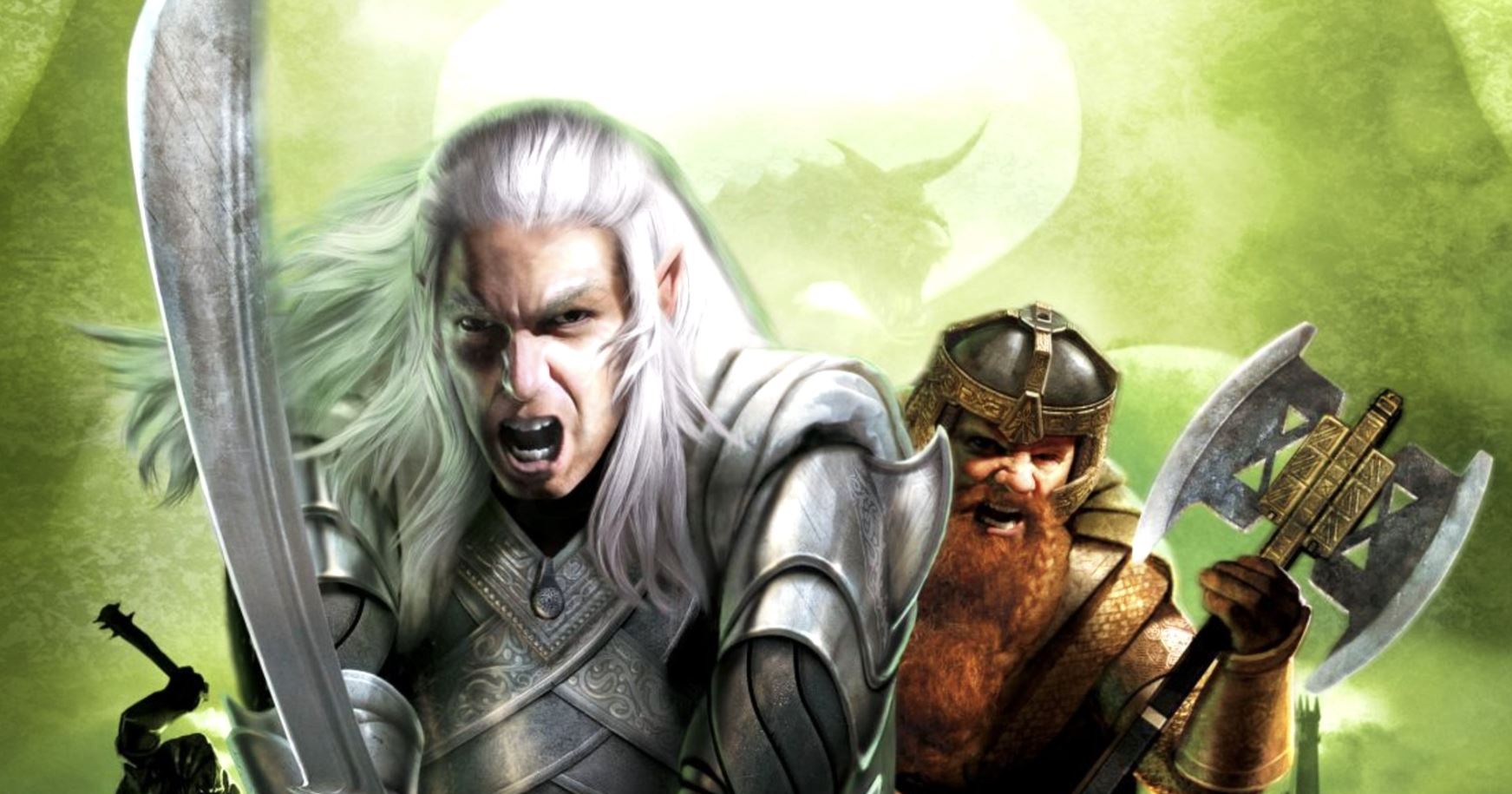
Like many of us, there are a few games from my younger years that I still hold great nostalgia for. Perhaps it was partially because it was easily accessible on PC, before I had the latest generation of console. Or maybe it was because I already had an affinity for the franchise and a love for the British author’s work. Regardless, part of my earliest gaming experiences were defined by the real-time strategy title, Lord of the Rings: Battle for Middle-earth, based on J.R.R. Tolkien’s storytelling.
It’s fair to say that almost every Middle-earth fan has a specific title in mind when they think of the upper echelon of video games about the franchise and perhaps for some, this tactical title and its sequel don’t measure up to the competition. But for me, this series was the best Lord of the Rings had to offer. Yet, if I were to look for that experience again, reliving those glory days in control of Rohan, Gondor, or Mordor, I would find only disappointment. In the face of its sheer brilliance, there’s a major problem standing between fans and the Battle for Middle-earth saga. It’s not actually legally available anywhere.
The Original Title Introduced Real-Time Strategy To Middle-earth
2004’s Battle For Middle-earth boldly brought real-time strategy genre to fans of the Lord of the Rings franchise. The real-time strategy fanbase can be very specific about what it likes to see from a title, and Battle for Middle-earth had a lot to live up to. How resources could be managed, the kinds of troops available, the structures that could be built and the landscapes that could be battled across all had to be perfected. But, taking so much inspiration from the movies, Battle for Middle-earth really nailed the fundamentals. Indeed, from easy accessibility for those who are unfamiliar with the video game genre, to genuine lore-based depth that didn’t supersede what fans knew about Middle-earth, the title had to balance the desires of the Lord of the Rings fan base and the tactical gaming community.
Not only was it intuitive to pick up, ensuring that all barriers to entry were removed, but it genuinely gave players the sense that they were embroiled in this strategic warfare to decide the fate of Tolkien’s universe. Players were given two campaigns to play through, narrative-based skirmishes that were defined by the ‘Good’ and ‘Evil’ sides of the conflict. While the storytelling added new layers to the title, it was ultimately the mechanics themselves that were especially exciting, as players took on the factions of Gondor, Rohan, Isengard, and Mordor, launching their hero characters and specialized units into the battlefield.
The structural designs were unique, the battle animations worked within the premise and the sheer scale of what could be achieved was astounding. To see giant eagles fly above well-built fortresses, as Uruk-hai descended upon your barracks, encapsulated the essence of what a Lord of the Rings game should be. Couple that with a range of unique abilities that could bolster the troops, players felt as if they had genuine agency in the field, making a difference with swift decision-making.
For those fans of the genre, who might have come to the game because it was a tactical experience, rather than a specific Lord of the Rings spinoff, there was still a lot to love. Well-crafted menus, a good variety of troops, notable upgrade options, and twists on the familiar tropes ensured that this stood out from the competition. However, there were a few limitations to this title, including the restraints placed on building one’s fortress, that indicated that the concept had more potential to grow.
The Sequel Upped The Stakes With Far More Customization
If Lord of the Rings: Battle for Middle-earth was the starter, then its 2006 sequel The Lord of the Rings: The Battle for Middle-earth II was certainly the main course. Naturally, there were some graphical upgrades and visual enhancements, as technology developed between those 2004 and 2006 releases. However, the developers went even bigger with their ambitions, adding further military stables including the likes of the Elves, Dwarves, and Goblins, while still staying true to the Good and Evil campaigns of the past. Features like War for the Ring Mode were brought back, but they were emboldened by exciting DLC and a whole range of customization options.
Not only could players build their own heroes, which they could unleash into the field alongside Gandalf and Saruman, but they could also build fortresses entirely to their own specifications. Moveable walls, a wider range of building types, and more diverse terrain made those open skirmishes far more interesting. The first game embraced the lore of Middle-earth and the second capitalized on the foundations that had been built.
No other Lord of the Rings game allows players to truly forge a path in Middle-earth in this way, and take part in the same strategy-based warfare that the generals of these armies would have done in-universe. What’s more, that very mythology was handled with care. While recent releases like Middle-earth: Shadow of Mordor rewrote Tolkien’s work and established new characters and twists, everything added to Battle For Middle-earth could be traced back to those early texts (even if the game visually matches the films more). The types of troops available, the architecture of the buildings, and even the maps players battled across had been designed with faithful respect for prior materials. It did not try to be original in this way.
Capture-the-fortress-style campaigns, where players could pit multiple armies against one another as they sought to destroy one another’s structures, could become truly chaotic, especially if the limits on resources were lifted and players could create anything they wanted. Ultimately, whether it’s bringing Sauron or Galadriel into the battle and flipping everything on its head completely, or finding Gollum and embracing the power of the One Ring, the series simply had countless mythos-based details that truly paid tribute to the saga and created an immersive experience for fans.
Despite Their Success, They Still Aren’t Legally Available
So, the Battle for Middle-earth series might be the best that Lord of the Rings video gaming has to offer. They stand up not just as franchise titles but as satisfying strategy games altogether. Some of you may well be encouraged to seek out the title yourselves. Perhaps you’ve found an old disc that may still run on a PC with the right drive, allowing you to jump right in where you left off. But for the vast majority, these games simply aren’t legally available anymore.
They sit in an unusual position, out of copyright and between two studios. While the titles were developed by EA Los Angeles and published by Electronic Arts, the rights belong with Warner Bros. Discovery, who do not appear to be keen to renew those licenses. Unless the company decides otherwise, Battle for Middle-earth will not be re-released and is not available legally on any digital platforms. I am likely not the only one who holds these titles in such high regard so the idea that the series will not be revisited again, in any form, is a major disappointment.
For now, fans will have to search out those original discs or must be content with replaying old adventures in their memories as opposed to reliving the experiences. Lord of the Rings: The Battle for Middle might be the best the franchise has to offer, with its respect for the lore, genre accessibility for all experience levels, and tactical gameplay that was both immersive and utterly customizable. Very few titles in the franchise feel quite as complete, combining what fans love about the series with a gameplay style that is so effective in highlighting the medium’s strengths. But the game’s lasting legacy could sadly be limited as it fades further into obscurity.
The post You Still Can’t Play the Best Lord of the Rings Game appeared first on Den of Geek.










